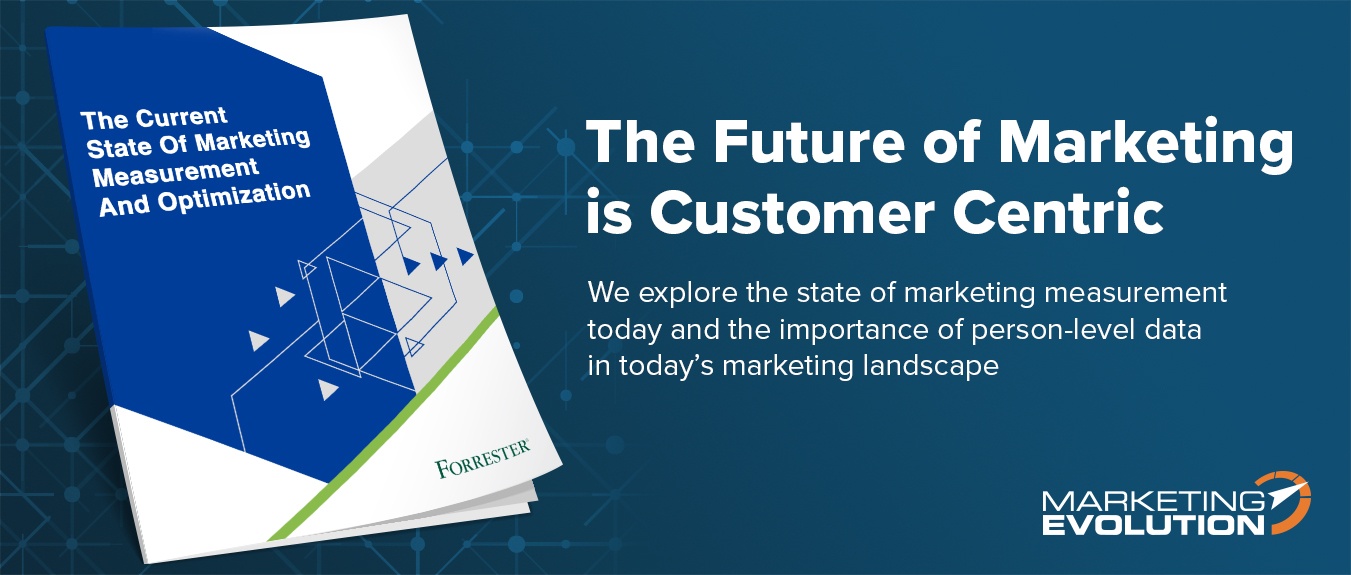Marketing Optimization: 4 Steps to Get Started
What is Marketing Optimization?
Marketing optimization describes the process of collecting and analyzing data to measure and report campaign performance accurately.
When done right, marketers can gain a clear picture of the effectiveness of each aspect of a marketing campaign. This information enables informed decisions about what touchpoints and ads are working and which they may need to tweak.
Why Is Marketing Optimization Important?
A robust marketing optimization program is essential to ensuring you are spending your marketing dollars as efficiently as possible. Whether your budget is expanding or shrinking, you want to know you are getting the best possible return.
Unfortunately, this is easier said than done. Marketers face a slew of attribution challenges including offline measurement, data quality, frequency effectiveness, and so much more.
Whether it's conversion rates, ROI, or sales growth, marketing optimization will help understand where your money should be spent and let you focus on the KPIs that are important to your business.
4 Steps to Start Optimizing Your Marketing Strategy
Optimizing your marketing strategy is no easy feat and it will continuously evolve. To help you get started, let’s look at 4 steps you can take immediately. Remember, as your program matures, you can (and should) include additional elements, but you want to make sure you start with the most important elements first.
1. Collect High-Quality Data
As every student is taught in an introductory computer science class, garbage in, garbage out (GIGO), or put more eloquently, sound arguments can lead to unsound conclusions if their premises are flawed. The quality of the data you gather matters.
Ensure you are collecting the highest-quality data.
To get started, make sure you follow these seven fundamental tenets of data quality:
- Accuracy: Accurate data is key to success. You want to ask if the information is reflective of the truth? For example, is someone's recorded phone number a valid phone number? Is their email the correct email?
- Completeness: Are all of the necessary data fields filled out in a usable way? For example, if your data records need a first and last name, ensure you have gathered that information.
- Consistency: Inconsistent information makes it difficult to have a true view of the customer. Make sure the information the same across all of your business units.
- Validity / Integrity: Data integrity is the overall accuracy, completeness, and consistency of the data at hand. Can this data be connected to information elsewhere in the organization? For example, if customer data is assembled in one place but not attached to any existing customer's name, then that data has low integrity.
- Timeliness: The definition of timely data is very subjective, but organizations must pinpoint when data is too old to be helpful. We know people switch roles or leave companies so that should be considered when evaluating timeliness.
- Transparency: Is the source of this data reliable and easy to identify? This transparency helps ensure that information is reliable while assisting marketers in understanding the nuances between different sources.
- Representativeness: Does the data accurately reflect the state of the marketplace? For example, if the conclusions of an independently published study run contrary to your data, it should be examined to ensure it is reflective of reality.
The quality of your marketing data is essential. Spend the time and energy to ensure you have the highest quality data possible. The conclusions you draw from the insights your data suggests are inextricably connected and dependant on the quality of the information you begin with.
2. Analyze Performance
Once you have collected the relevant data and are confident it meets your quality standards, the next step is to analyze what you have gathered. The analysis step is no time for manual spreadsheets and marketing intuition.
To properly analyze the information you've assembled, you need a solution that can optimize on an omnichannel basis, including in-store, mobile, and online. To gain a 360-degree view of the data, you need to see it across all channels where you touch your customers.
Marketing Evolution's Insights Dashboard will enable you to visualize your spending, impressions, and clicks organized by category and media type over time. You can use the media reporting functionality to review your media investments, media effectiveness, and media efficiency in one report. And, attribution reporting provides the ability to understand how each consumer interaction across the buyer's journey impacts the final conversion.
3. Make Adjustments
The goal of collecting and analyzing this high-quality marketing data is to enable you to make meaningful adjustments to your campaigns. The solution you've chosen for data analysis will make appropriate recommendations.
For example, media mix optimization creates a tailored customer experience and maximizes marketing ROI. By evaluating data on engagements across touchpoints, you gain an understanding of what channels an individual will engage with. You can then devote more time and money creating those user experiences.
How fully you implement the suggested changes will depend largely on your confidence in the insights provided by your data analysis tool.
If this is the first time you have engaged in marketing optimization, or if it's the first time using a new solution, try taking it one touchpoint at a time. As your confidence grows, you'll be able to optimize multiple channels and touchpoints at once.
4. It's an Iterative Process
Marketing optimization is not a "one and done" proposition. It's an iterative process that you must continually engage in. In succeeding rounds of improving your marketing data and making adjustments, you will validate the previous round's changes and set yourself up for additional optimization.
You should repeat steps one, two, and three ad infinitum.
This process will ensure you can benefit from continuous improvement and quickly learn from any experimental strategies you implement.
The solution you choose should make this iterative process more manageable. It should provide an easy-to-understand dashboard that allows you to monitor your optimization efforts promptly. This way, you can check progress on a daily, weekly, or monthly basis and make changes accordingly.
Conclusion
The ongoing marketing optimization process is necessary to stay competitive in a crowded marketplace. Continuous improvement is the best way to pull ahead of competitors who have become too comfortable with the status quo and might be resting on their laurels. For the savvy marketer, this represents an opportunity.
It is imperative that you have the tools needed to collect data, analyze your campaigns, and easily adjust your marketing spend. If you're looking for ways to improve your approach to marketing optimization, Marketing Evolution can help.





















